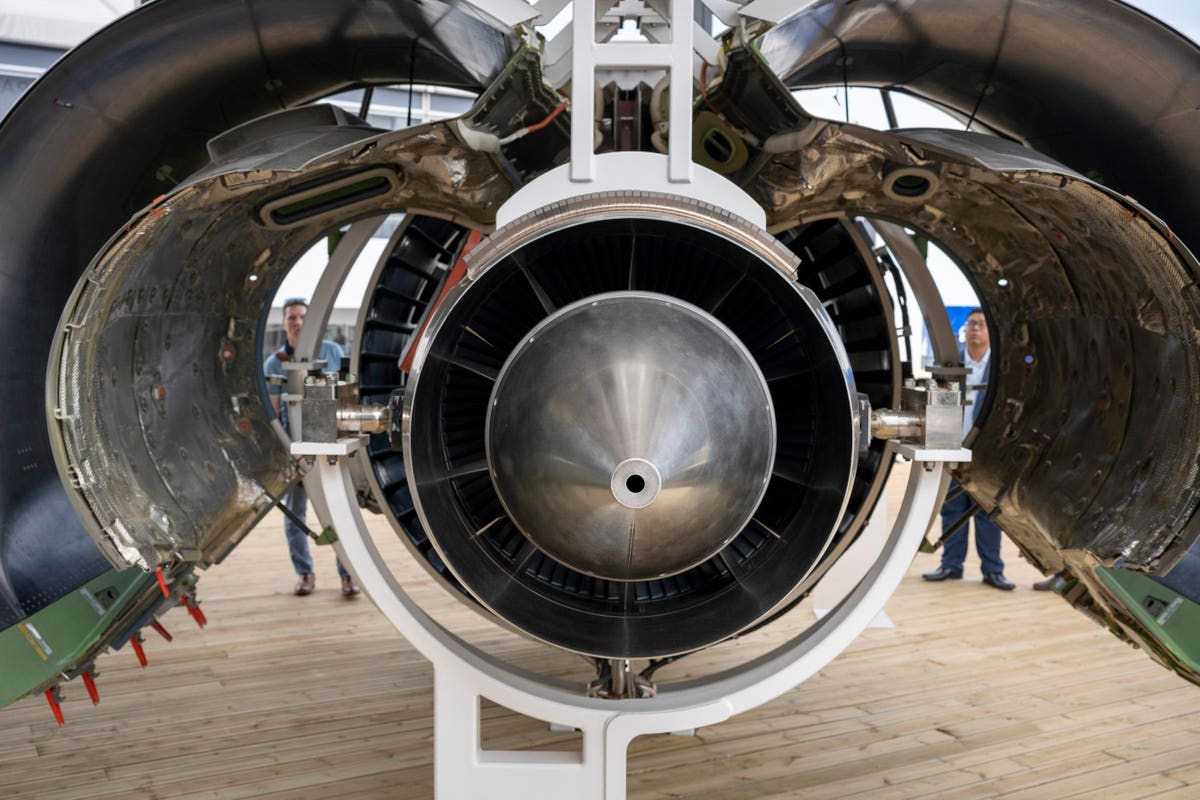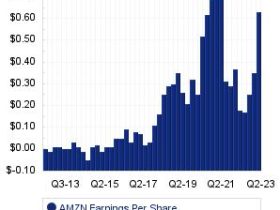RTX Corp stock (NYSE: RTX), formerly known as Raytheon Technologies, currently trades at $76 per share, about 20% lower than the level seen in early June 2022, just before the Fed started increasing rates, compared to 18% gains for the S&P 500 during this period. This underperformance of RTX stock can primarily be attributed to its recall of over 1,000 Pratt & Whitney engines and associated costs. Also, investors still have concerns about a potential recession despite a steady decline in the inflation rate in response to the Fed’s aggressive rate hike plan.
Interestingly, RTX stock has had a Sharpe Ratio of 0.2 since early 2017, much lower than 0.6 for the S&P 500 Index over the same period. This compares with the Sharpe of 1.3 for the Trefis Reinforced Value portfolio. Sharpe is a measure of return per unit of risk, and high-performance portfolios can provide the best of both worlds.
Returning to the pre-inflation shock level of about $104 means that RTX stock will have to gain over 35% from here, and we don’t think this will materialize anytime soon. RTX stock is currently trading at 1.6x revenues, compared to the last three-year average of 2.2x. Our RTX Corp Valuation Ratios Comparison dashboard has more details. Although RTX stock is trading at a valuation multiple lower than its historical average, the recall of Pratt & Whitney engines is going to cost billions to the company and it may continue to weigh on its stock in the near term.
Our detailed analysis of RTX Corp’s upside post-inflation shock captures trends in the company’s stock during the turbulent market conditions seen over 2022. It compares these trends to the stock’s performance during the 2008 recession.
2022 Inflation Shock
Timeline of Inflation Shock So Far:
- 2020 – early 2021: Increase in money supply to cushion the impact of lockdowns led to high demand for goods; producers unable to match up.
- Early 2021: Shipping snarls and worker shortages from the coronavirus pandemic continue to hurt supply.
- April 2021: Inflation rates cross 4% and increase rapidly.
- Early 2022: Energy and food prices spike due to the Russian invasion of Ukraine. Fed begins its rate hike process.
- June 2022: Inflation levels peak at 9% – the highest level in 40 years. The S&P 500 index declined more than 20% from peak levels.
- July – September 2022: Fed hikes interest rates aggressively – resulting in an initial recovery in the S&P 500 followed by another sharp decline.
- Since October 2022: Fed continues rate hike process; improving market sentiments help S&P500 recoup some of its losses.
In contrast, here’s how RTX stock and the broader market performed during the 2007/2008 crisis.
Timeline of 2007-08 Crisis
- 10/1/2007: Approximate pre-crisis peak in S&P 500 index.
- 9/1/2008 – 10/1/2008: Accelerated market decline corresponding to Lehman bankruptcy filing (9/15/08).
- 3/1/2009: Approximate bottoming out of S&P 500 index.
- 12/31/2009: Initial recovery to levels before accelerated decline (around 9/1/2008).
- EW and S&P 500 Performance During 2007-08 Crisis.
RTX And S&P500 Performance During 2007-08 Financial Crisis
RTX stock saw a 15% decline from $48 in September 2007 (pre-crisis peak for RTX) to $41 in March 2009 (as the markets bottomed out). It declined further post the 2008 crisis to levels of around $32 in early 2010, fallng about 21% between March 2009 and January 2010. The S&P 500 Index saw a decline of 51%, falling from levels of 1,540 in September 2007 to 757 in March 2009. It then rallied 48% between March 2009 and January 2010 to reach levels of 1,124.
RTX Fundamentals Over Recent Years
RTX Corp’s revenue rose from $45.3 billion in 2019 to $67.1 billion in 2022. Raytheon’s commercial airplane business was hit during the pandemic weighing on its commercial OEM and aftermarket sales. This trend has now reversed, with both Pratt & Whitney and Collins Aerospace Systems segments driving the sales growth for the company in the recent past. The company’s operating margin declined from 12.7% in 2019 to 10.9% in 2022. Our RTX Corp Operating Income Comparison dashboard has more details.
Does RTX Have A Sufficient Cash Cushion To Meet Its Obligations Through The Ongoing Inflation Shock?
RTX’s total debt decreased from $43 billion in 2019 to $32 billion in 2022, while its cash increased from around $5 billion to $6 billion. The company also garnered $7 billion in cash flows from operations in 2022. Although the company has a high level of debt, given its cash cushion, RTX appears to be in a comfortable position to service its near-term debt obligations.
Conclusion
With the Fed’s efforts to tame runaway inflation rates helping market sentiment, we believe RTX stock has the potential for gains once fears of a potential recession are allayed. That said, the extent of its engine recall and high debt levels remain risk factors for realizing these gains. The company will take up to a $3.5 billion charge from the recall of engines in the next few years, while the overall cost could be even higher. [1]
While RTX stock looks like it has little room for growth, it is helpful to see how RTX Corp’s Peers fare on metrics that matter. You will find other valuable comparisons for companies across industries at Peer Comparisons.
Invest with Trefis Market Beating Portfolios
See all Trefis Price Estimates
Read the full article here













Leave a Reply